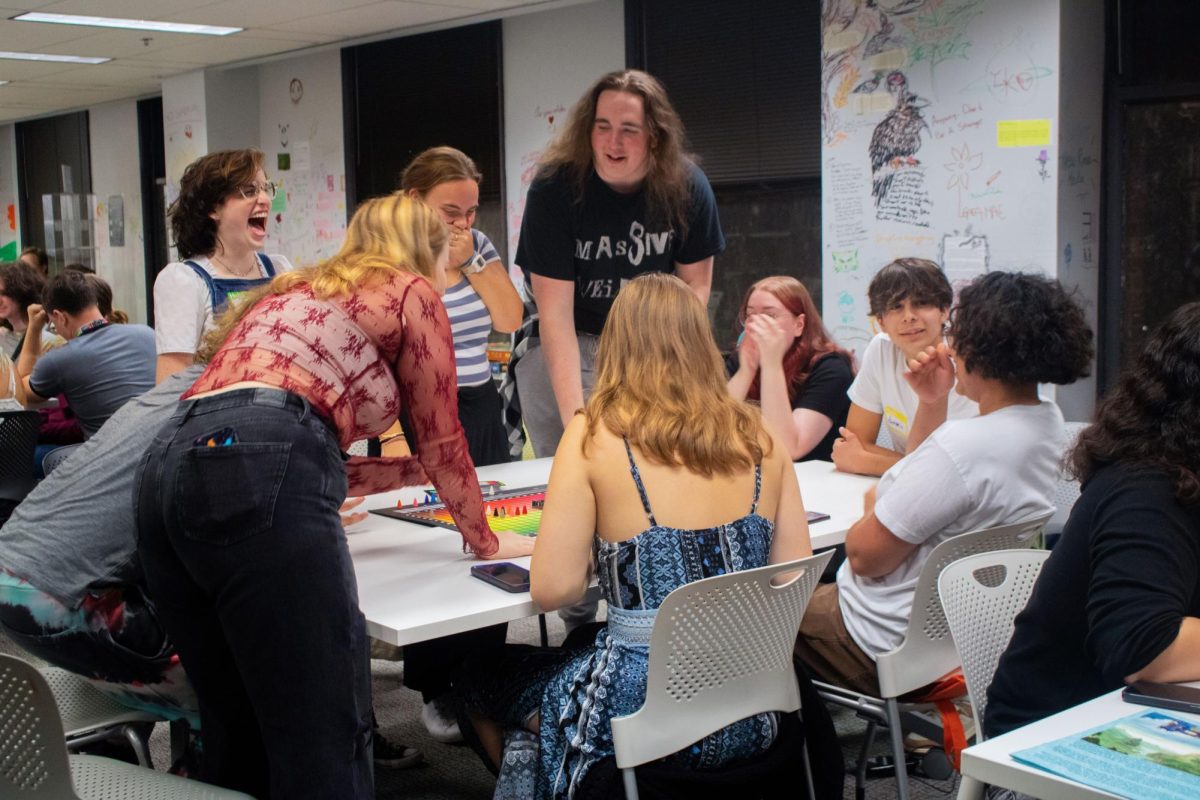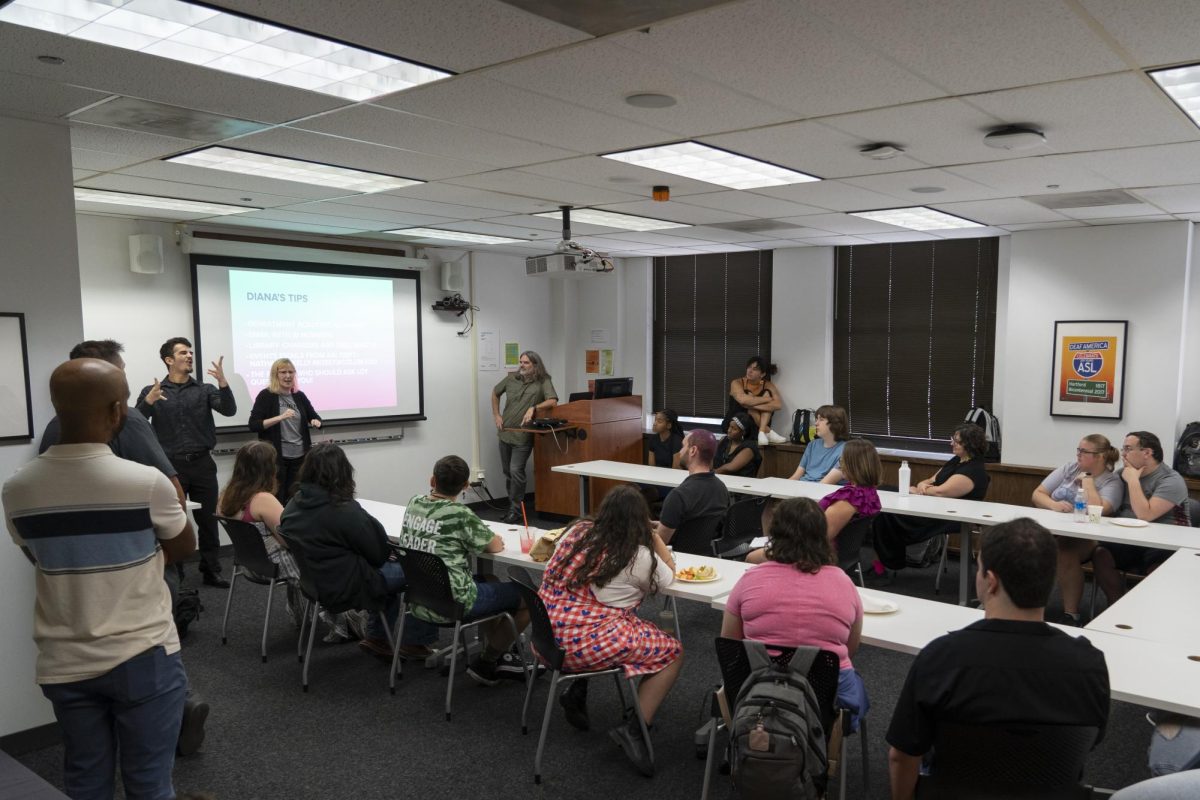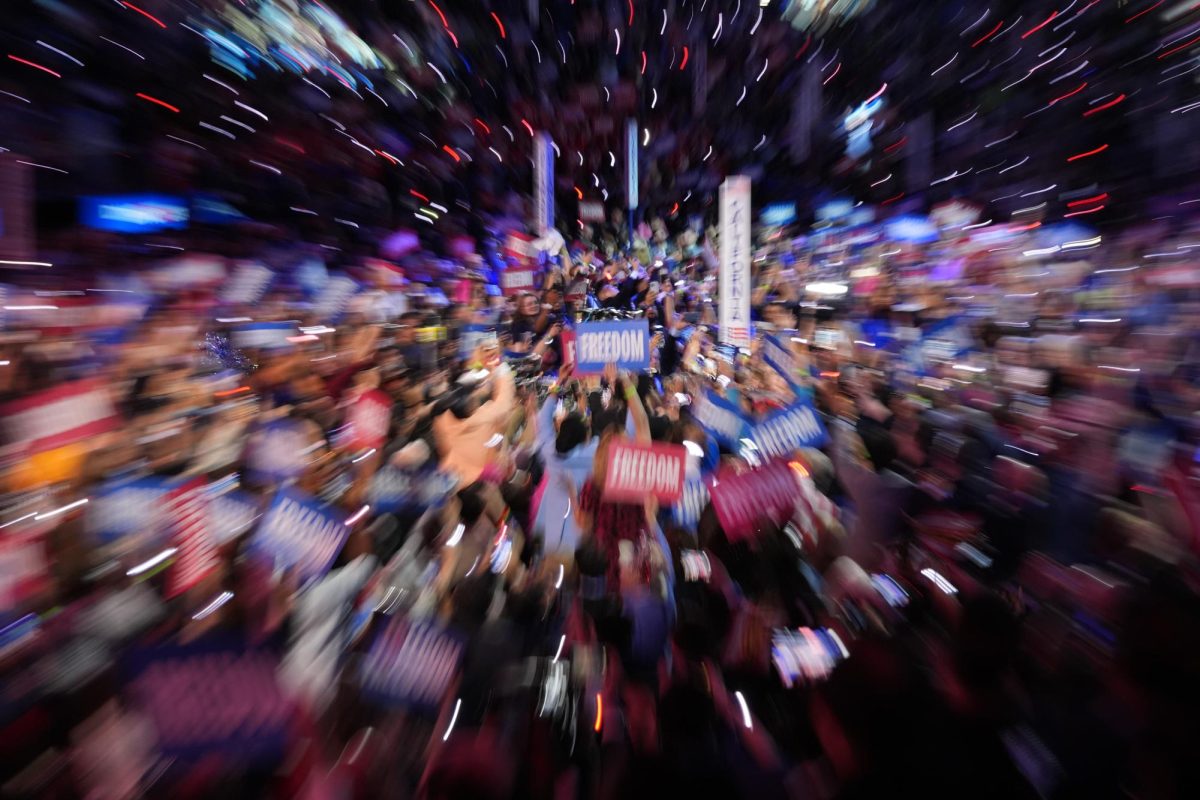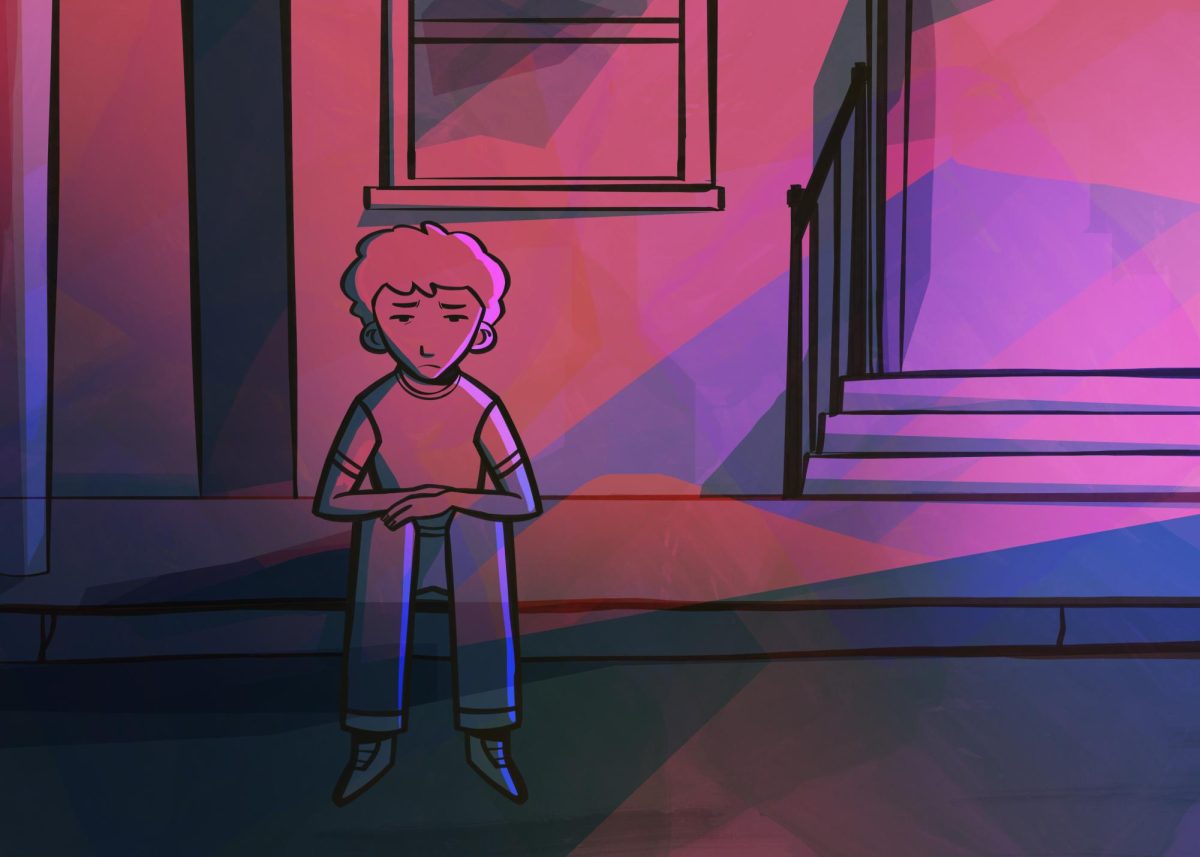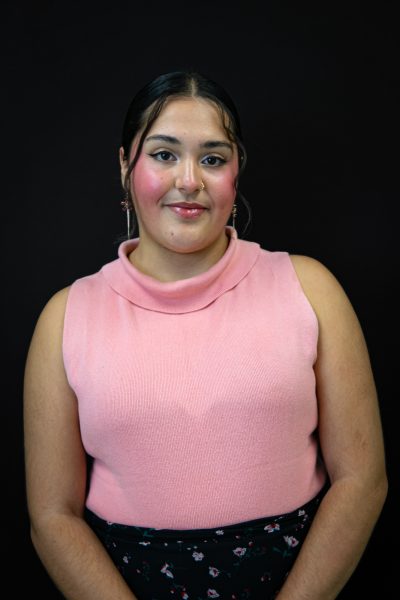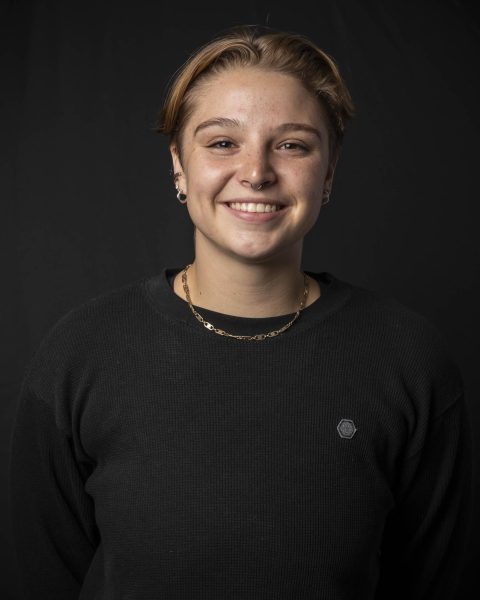THE HIP-HOP ISSUE
Music is enjoyed in a variety of ways. For people in the deaf community, enjoying music is done through sign language interpretations and the feeling of sound.
Music interpretation is not a straightforward process.
Interpretations for music can vary based on the genre. Hip-hop and fast-paced rap songs can pose difficulty because of speed. “It’s very difficult. It’s probably one of the hardest genres to do in my opinion, but it’s fun. It’s the speed and also because English and ASL are not the same,” said ASL-English Interpretation major Gabby Aquino. “English word play is very difficult to interpret into ASL, and rap has a lot of word play.”
Word play refers to lyrics with rhyming that cannot be directly translated to ASL because of the differences in language structure. A common form of word play is the use of rhyming, which involves the combination of words that have identical or corresponding sounds to one another. An example of this is a line from the song “Moment of Clarity” by rapper Jay-Z, “Music business hates me cause the industry ain’t make me.”
Like other languages, American Sign language has its own structure, words cannot be directly translated from English. Theater and acting major Kayla Casiano, who is hard of hearing, has experience performing in plays such as the production of “The Grey House” at the Red Orchid theater.
“English and ASL are very different, and they’re not in the same word order. We have our own structure and body language and facial expressions. And that’s what we use during plays. I want deaf people who are watching the play to be able to understand the story,” Casiano signed using American Sign Language.
Interpreters can also choose to sign musical lyrics directly or paraphrase the meaning of the song. English Language and Literature major, Niya Rodriguez tells us of the ways music is interpreted in ASL. “There’s people who actually interpret the message of a song and then there’s people who interpret it line by line,” said Rodriguez.
Body language also plays a part in the expression of music interpretation. “Dancing and taking up the space and whatever the song reminds me of, trying to showcase that with my body because sometimes you can’t put that all in your hands,” Aquino said.
Columbia ASL interpreter and tutor Peter Wujcik works with the Goodman, Steppenwolf and DePaul theaters for music and performance interpretation. Wujcik acknowledged that translations are not always accurate but said there is a need for a deaf observer to make sure the message comes across in a way that makes sense to the deaf community.
“Without the deaf interpreter mentoring like that and kind of supervising, sometimes accidents do happen or they’re not signing it accurately,” Wujicks signed using American Sign Language.
As a supervisor, Wujick supports the community of interpreters and assists them when practicing their signing for shows, “We do warm-ups and rehearsals. We want to make sure they feel good about what they’re doing and we’re just very supportive of their work and want to make sure they’re interpreting it accurately.”
Columbia College Chicago has made an effort to be inclusive of the deaf community with events such as the ASL Jam where students can showcase their talent through poetry, storytelling and much more using American Sign Language.
Manifest, an annual end of the year festival that celebrates the work and achievements of graduating undergraduate and graduate students, includes interpreters for deaf students and faculty. Including interpretations of other languages. Aquino interpreted in the spring of 2023 Manifest showcase an original song in Spanish called “Vas a Ver” (you will see) by student Tanya Guerrero, into American Sign Language.
“Music is such a beautiful expression, and it takes up space and it touches so many people you kind of just want your signing to be as big as that,” Aquino said.
Resumen en español:
Para las personas que son sordas, disfrutar de la música se realiza a través de interpretaciones en lengua de signos y la sensación del sonido.
El lenguaje de signos americano tiene su propia estructura, lo que dificulta la incorporación exacta de la música. Se puede interpretar el mensaje de una canción directamente o parafrasear el mensaje de la letra.
Otra forma de expresar la música es con movimiento.“Bailando y ocupando el espacio y lo que sea que me recuerde la canción, tratando de mostrar eso con mi cuerpo porque a veces no puedes poner todo eso en tus manos”, dijo la especialista en lengua de señas americana, Gaby Aquino.
Columbia College Chicago se asegura de incluir a los estudiantes sordos en eventos como Manifest, un festival anual de fin de año que celebra el trabajo de todos los estudiantes de pregrado y de posgrado que se gradúan, e incluye intérpretes para estudiantes y profesores sordos.
This story has been updated





